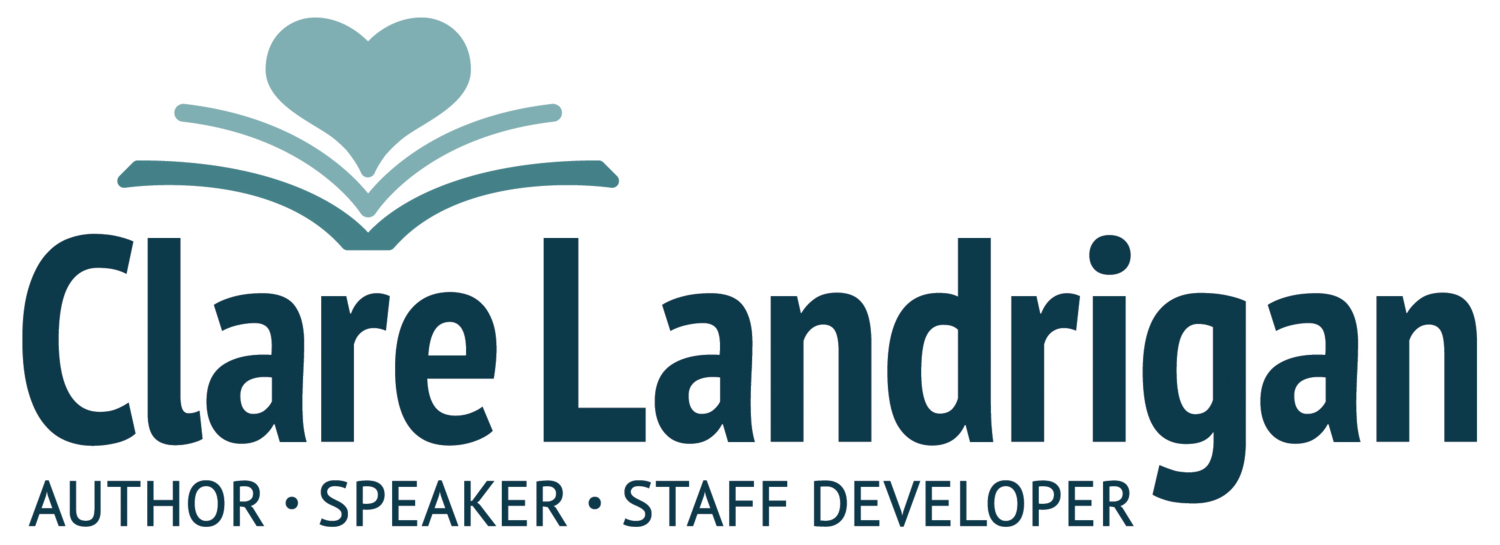Access Matters ... So This Year's #pb10for10 is FREE Online #BetterTogether #BookLove
Decades of research demonstrate that access to texts matters for student academic success and economic security. The inequities of access in our country have been further highlighted during this pandemic. Public libraries, school libraries, classroom libraries, and bookstores were closed. In the spring, educators were evacuated from their classrooms with little or no time to send books home with students. Since getting physical books into the hands of students may continue to be difficult for many educators and families, digital texts open up a world of possibilities for students who have online access. Many publishers continue to provide free access to digital texts during the pandemic which supplements the free digital texts available through the public library. As elementary students continue to develop their reader identities in this new digital space, many need support finding books that engage them and match their development. They need a space that looks familiar to them and scaffolds their continued growth in choosing books that matter to them.
When creating a digital space for reading bins, bags, shelves, libraries, or bookrooms, I consider the same variables I do when curating collections of physical texts:
- representation of our world
- representation of authors/#ownvoices authors
- identity-interests and preferences
- genre and structure
- series
-craft moves
-themes
-types of characters
-inquiry topics
- curricular connections
- complexity
Just as students need agency and choice when selecting books in our classrooms and schools, they need agency and choice when selecting digital texts. The organization of digital texts needs to be flexible and responsive. At the same time, the design needs to support instructional goals – in terms of curricular standards, habits, identity, and dispositions of a reader. When curating a digital collection, it is critical to reflect on the representation and inclusivity of the texts and to be “mindful of the voices and own voices being represented and how these voices are integrated rather than othered in our organization” (Tricia Ebarvia, “How Inclusive is Your Literacy Classroom Really?” Heinemann Blog, 2017). When curating a digital collection, #ownvoice texts should be prioritized in as many baskets as possible to disrupt the inequity in our publishing industry. If you are looking to create a digital space for texts, here are some resources and step by step videos to support you in designing your own.
This year my #pb10for10 will be from the free digital bookroom I created for educators, families, and students. I know many educators begin the year reading and writing personal narratives. Here is a digital text set of personal narratives that you and your students can access for free. I will continue to add to this text set and the digital bookroom. What texts would you add?
Here is a list of free digital texts and publishers who are currently offering free access to digital texts during the pandemic:
https://www.pinterest.com/booklovefoundation/updated-fall-2020-free-digital-texts-for-kids/
Here is a list of subscription digital texts and publishers who offer digital texts for a fee:
https://www.pinterest.com/booklovefoundation/free-digital-texts-for-kids-access-matters/
Thanks so much to Mandy Robek and Cathy Mere for hosting this fabulous event each year. This year, lists are posted on Mandy's blog at Enjoy and Embrace Learning. I look forward to reading your lists and being inspired to create new digital baskets to add to the digital bookroom!
Stay safe, happy reading, and remember we are #BetterTogether


